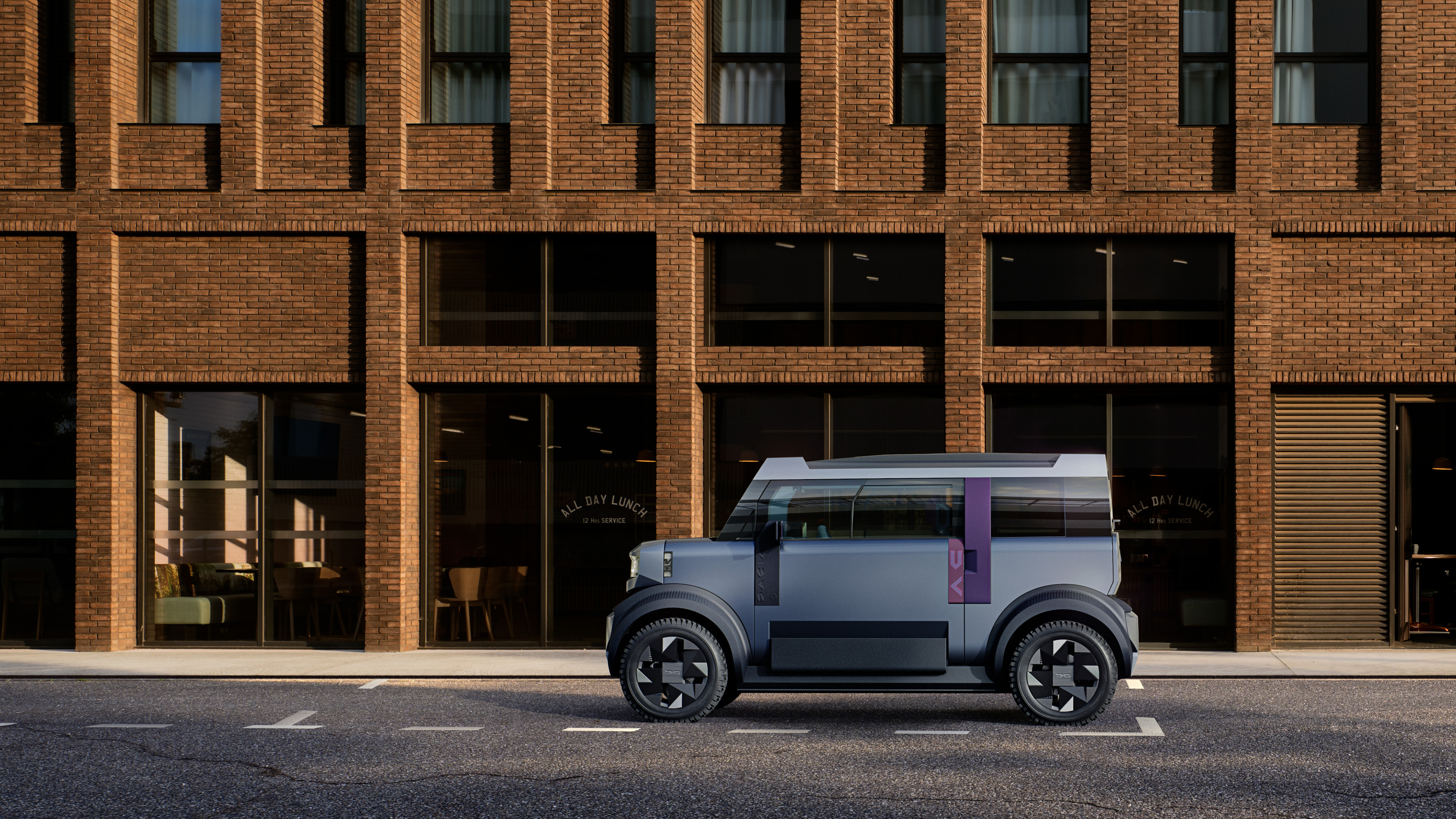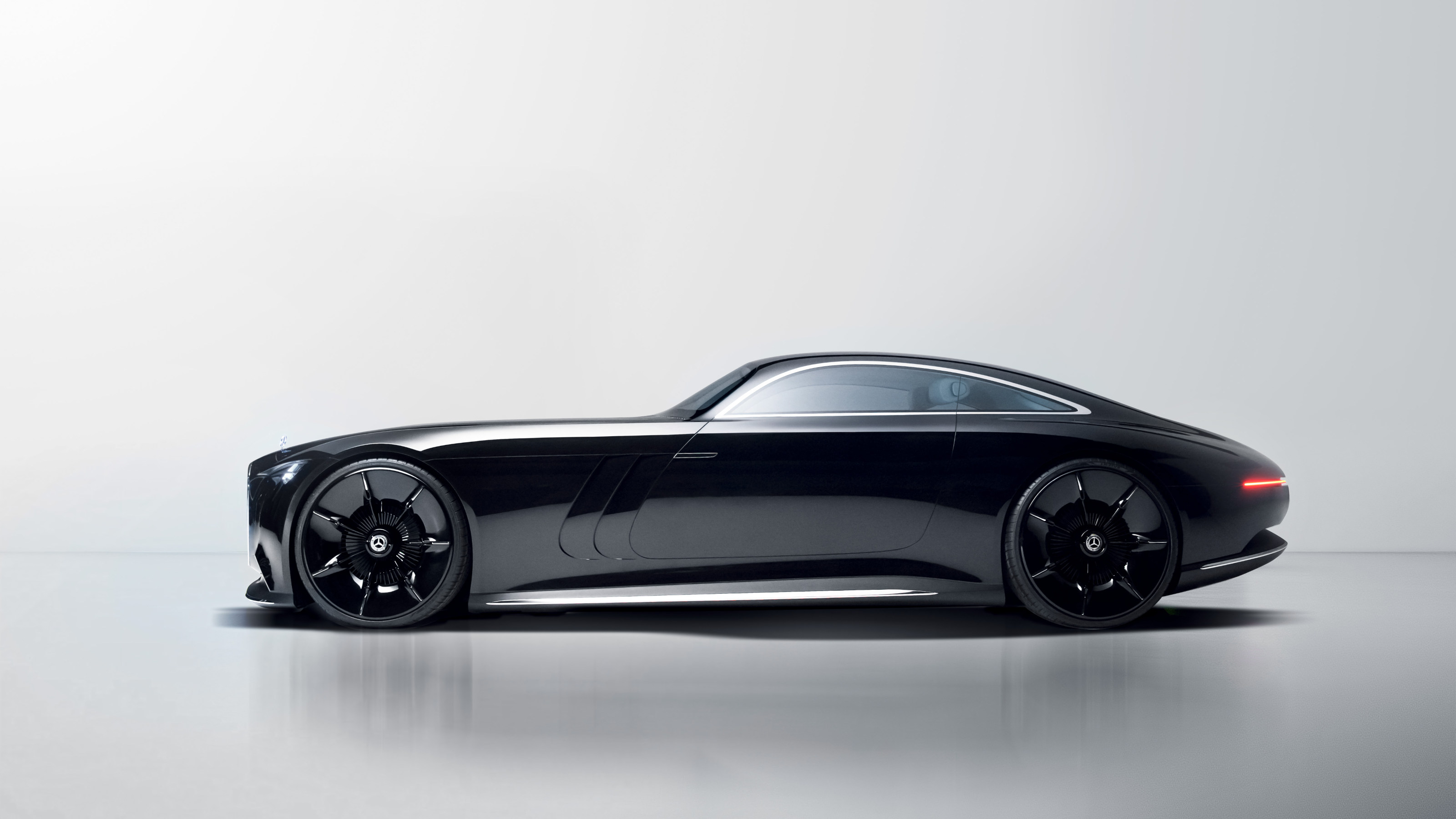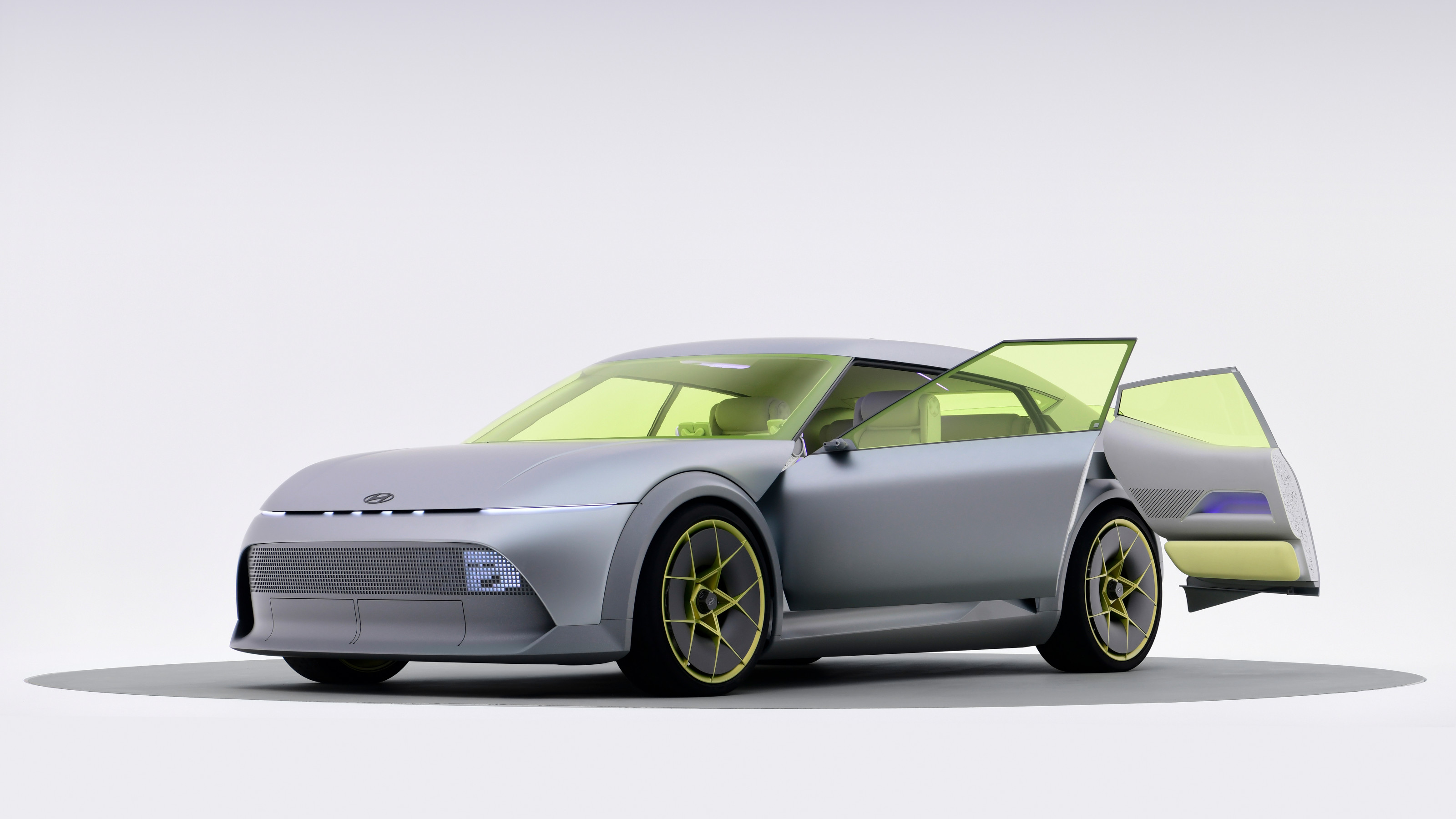Mercedes: Is bigger always best?

There's something rather perverse about the modern motoring brand and its desire to cover all bases. While global focus seems to be pulling up sharp in favour of downsizing, there's a marked resistance amongst certain consumers to make even the smallest sacrifice to their existing style of life. The end result is somewhat incongruous, as ultra-light conceptual designs jostle for attention with production cars that, on the surface, demonstrate little evidence of a coming paradigm shift.
Pluralism is still the name of the game in the modern auto industry. With scarcely anyone immune to the global downturn, the steady progress towards increasingly efficient vehicles is becoming less and less defined. No volume manufacturer is disregarding the need for efficiency, but wheels turn slowly when all-new models cost billions to develop and technology has to be tried and tested for years before it can be issued to the masses.

See images of Mercedes new lightweight contemporary carriage and the new hefty GL
Mercedes is a good case in point. March's news was the unveiling of the F-CELL Roadster (see the gallery above) a lightweight contemporary carriage designed by company trainee engineers, complete with skinny carriage wheels, zero creature comforts and a pace about equivalent to a swift pony and trap. The F-CELL is extreme, but the skinny wheels and skimpy accommodation is thrown into even starker relief when compared to the current Mercedes GL.
Introduced in 2005, the GL represents the very outer limits of passenger car design. Weighing in at nearly two and half tonnes, with a hefty (yet relatively clean) V6 diesel engine, the one thing the GL is defiantly not is lightweight. With seven full-sized seats, full-time four wheel drive and what enthusiasts like to call 'go-anywhere ability', the GL is pitched at those who need to haul a glider, Riva or even a polo pony or two, without having to stint on the accommodation up front. A battery of electronic aids help keep the driving experience urbane and not agricultural, while at the push of a button the vast interior can be transformed into a space capable of swallowing any amount of B&B Italia.
We sampled a recent example of the GL as a means of everyday urban transport and in central London, it was clear that no amount of ultra-light steering and far-reaching visibility can disguise this car's sheer physical size. On the plus side, heft induced caution and discouraged the excessive use of the accelerator. Nonetheless, width restrictors, parked cars and narrow roads make the urban driving experience somewhat unnerving. Such quibbles don't seem to bother the GL's loyal customer base, however, implying that familiarity breeds confidence when it comes to the 4x4 driving style.
Yet between the two extremes of GL and F-CELL lies an untapped plane of potential, an open challenge to the current generation of car designers. Throw into the mix the turn of the century fad for SUVs and the sizeable legacy this has left for product planners, and it's clear that uncertainty lies ahead. Some argue that these big cars will play a crucial role in ushering in new, efficient technologies. One thing a big car has is space, so the potential packaging issues with cramming in batteries and electric motors becomes more straightforward.
Receive our daily digest of inspiration, escapism and design stories from around the world direct to your inbox.
Lexus has vowed to only import hybrid versions of its RX model into the UK, while Porsche recently capitulated to the inevitable and inserted its very first diesel engine into a Cayenne, while the vast Cadillac Escalade is now available in hybrid form. Hybrid drivetrains are also under development by Land-Rover, Porsche and Mercedes, amongst others, so within five years the industry promises that big cars will have a clear conscience. Few outsiders know exactly what's being cooked up for the roads of 2015 and beyond, but the challenge of delivering a combination of stature and efficiency must surely be high up on every manufacturer's to do list.
April also saw the first true production hybrids enter Mercedes' product line, starting with the S400 and S600 saloons and the ML450 Hybrid [IMAGE 009], a first step on the road towards slimming down the automotive footprint of the SUV. Lightness, however, will only be attained with a corresponding reduction in size. Whether we'll ever reach the Size Zero aesthetic offered by the F-CELL concept is quite another matter.
Jonathan Bell has written for Wallpaper* magazine since 1999, covering everything from architecture and transport design to books, tech and graphic design. He is now the magazine’s Transport and Technology Editor. Jonathan has written and edited 15 books, including Concept Car Design, 21st Century House, and The New Modern House. He is also the host of Wallpaper’s first podcast.
-
 Year in review: the shape of mobility to come in our list of the top 10 concept cars of 2025
Year in review: the shape of mobility to come in our list of the top 10 concept cars of 2025Concept cars remain hugely popular ways to stoke interest in innovation and future forms. Here are our ten best conceptual visions from 2025
-
 These Guadalajara architects mix modernism with traditional local materials and craft
These Guadalajara architects mix modernism with traditional local materials and craftGuadalajara architects Laura Barba and Luis Aurelio of Barbapiña Arquitectos design drawing on the past to imagine the future
-
 Robert Therrien's largest-ever museum show in Los Angeles is enduringly appealing
Robert Therrien's largest-ever museum show in Los Angeles is enduringly appealing'This is a Story' at The Broad unites 120 of Robert Therrien's sculptures, paintings and works on paper
-
 Gorden Wagener leaves the helm of Mercedes-Benz design after 28 years with the company
Gorden Wagener leaves the helm of Mercedes-Benz design after 28 years with the companyThe German designer is stepping down from the role of chief design officer at Mercedes-Benz. We look back at his influence and impact on the world of automotive and luxury design
-
 The Maybach Ocean Club is a floating members’ club for the super-rich
The Maybach Ocean Club is a floating members’ club for the super-richMercedes-Benz Design has announced the upcoming Maybach Ocean Club, a ship-based enclave inspired by automotive luxury
-
 The Mercedes-Benz Vision Iconic is automotive haute couture, a concept with cinematic style
The Mercedes-Benz Vision Iconic is automotive haute couture, a concept with cinematic styleThe Vision Iconic concept makes a play for a new approach to future luxury, blending art-deco excess with neo-gothic trimmings and monumental scale
-
 All the new electric cars and concepts revealed at Munich’s IAA Mobility 2025
All the new electric cars and concepts revealed at Munich’s IAA Mobility 2025Munich’s alternative motorshow is now in its third iteration, combining a traditional exhibition space with a conference and large-scale public activations on the streets of the city
-
 How will future car interiors take shape? London studio NewTerritory has a vision for automotive design
How will future car interiors take shape? London studio NewTerritory has a vision for automotive designDesign studio NewTerritory has set up a new automotive division to explore the future of car interiors. We interrogate the team
-
 A mighty concept coupé from Mercedes-AMG rewrites the electric performance car rulebook
A mighty concept coupé from Mercedes-AMG rewrites the electric performance car rulebookThe Mercedes-AMG Concept AMG GT XX is a four-door coupé that explores new approaches to battery tech, brake cooling and aerodynamics. As a sign of things to come, it can’t be ignored
-
 The Mercedes-Maybach SL 680 Monogram Series is an eyeful as well as a mouthful
The Mercedes-Maybach SL 680 Monogram Series is an eyeful as well as a mouthfulMercedes-Maybach’s first-ever sports car is comprehensively ‘wallpapered’ in the brand’s double-M design. We sampled this monogrammed machine on the coast of Ibiza
-
 Mercedes-Benz previews its next-gen people mover with an ultra-luxury EV concept
Mercedes-Benz previews its next-gen people mover with an ultra-luxury EV conceptThe Mercedes-Benz Vision V Concept is an art deco picture palace on wheels, designed to immerse passengers in parallel worlds as they travel